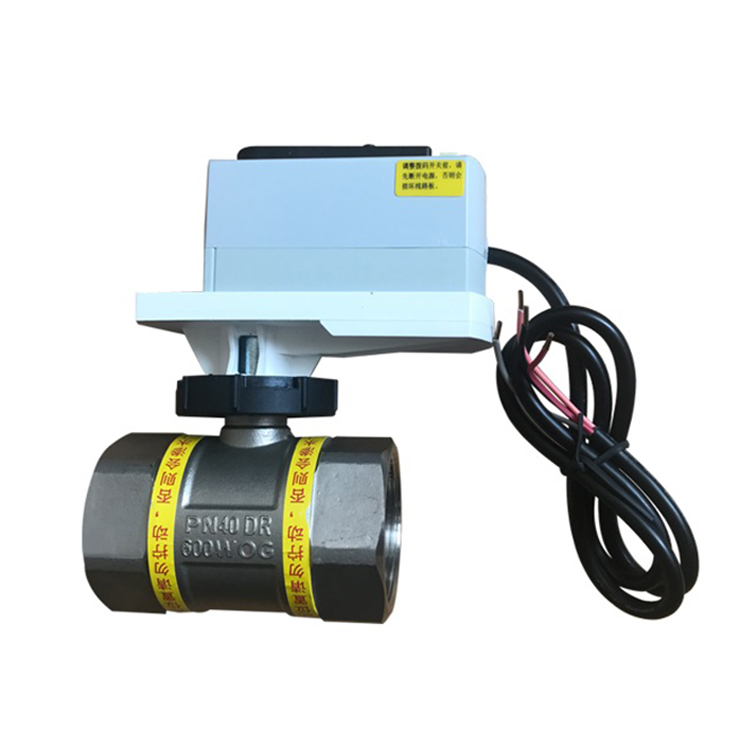Electric ball valve is a valve controlled by an electric actuator and has a wide range of applications. The following is the working principle of electric ball valve:

1. Structure of electric ball valves:
The main components of the electric ball valve include the valve body, ball, valve seat, electric actuator and control system.
2. Working principle of electric ball valves:
1). Valve body and ball: There is a spherical body inside the valve body of the electric ball valve. One end of the ball is a channel and the other end is a hole. By rotating the sphere, the fluid channel can be opened or closed.
2). Valve seat: There is a valve seat between the ball and the valve body. The valve seat has a sealing function. When the ball rotates to the closed position, the valve seat will be completely sealed with the ball to prevent fluid from passing through.
3). Electric actuator: The electric actuator is connected to the ball and realizes the rotation of the ball through a motor or electric motor. The electric actuator receives the signal from the control system and rotates the ball to a specific position according to the signal requirements to control the opening and closing of the fluid channel.
4). Control system: The control system can be PLC, DCS or other automated control equipment. The control system controls the movement of the electric actuator by sending instructions. Depending on the settings of the control system, the electric actuator can be opened or closed to varying degrees.
3. Working process of electric ball valve:
1). When the control system sends an opening signal, the electric actuator will start. Driven by the motor, the ball will rotate and the channel will be opened. This allows fluid to pass from one side of the valve body, through the passage of the ball, and into the other side.
2). When the control system sends a closing signal, the electric actuator rotates the ball to the closing position so that the channel of the ball and the valve seat are completely sealed. In this way, fluid cannot pass through and the valve remains closed.
The working principle of electric ball valves is simple and effective, making them widely used in applications requiring remote control and automation, such as industrial process control, water treatment, natural gas transmission and other fields.